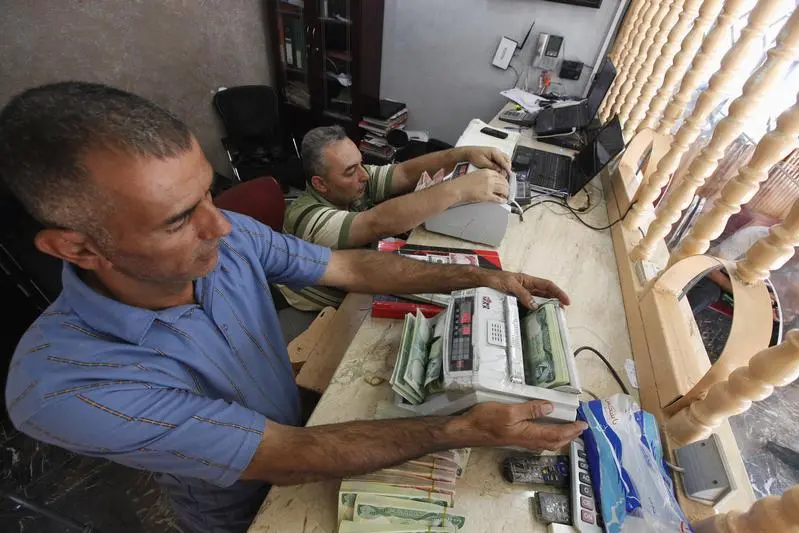PHOTO
With Iraq becoming the latest country to join the de-dollarisation drive, efforts by Brics New Development Bank to replace the greenback as a global reserve currency is gaining new momentum.
Brics bank has officially announced a 3-year de-dollarisation plan following the induction of the UAE, Saudi Arabia, Egypt, Argentina, Iran, and Ethiopia to its ranks. Specifically, this plan is set to aid in the lending of local currencies to member countries, diminishing the number of transitions that are done in the dollar.
The Iraqi central bank said last week that it would not allow people to withdraw cash in dollars or use the greenback in transactions from January 1, 2024.
China and Russia are leading the effort to dethrone greenback. Beijing has asked Middle Eastern suppliers to accept the yuan rather than the dollar while Moscow has forbidden any “unfriendly” countries from settling trades using any currency other than the rouble.
The de-dollarisation move received another significant boost when India signed a landmark agreement with the UAE that allows it to settle trade in rupees instead of dollars, boosting India’s efforts to cut transaction costs by eliminating dollar conversions. The two countries also agreed to set up a real-time payment link to facilitate easier cross-border money transfers. The two agreements will enable seamless cross-border transactions and payments, and foster greater economic cooperation.
India, the world’s third biggest oil importer and consumer, last year announced a framework for settling global trade in rupees. Since then New Delhi has signed rupee trade agreements with several countries.
Brics members China and Brazil along with newcomer Saudi Arabia are quietly unloading their US Treasury holdings.
New numbers from the US Treasury Department show China’s ownership of Treasury securities declined from $835.4 billion at the start of July to $821.8 billion at the end of the month – a decline of $13.6 billion. Brazil pared its Treasury holdings by $2.7 billion in the same time frame, from $227.4 billion to $224.7 billion while Saudi Arabia trimmed its holdings from $108.1 billion to $109.2 billion, for a $1.1 billion reduction. In addition, Brics founding member India saw its treasury shrink from $235.4 billion in June to $233.1 billion in July.
Economists said a new Brics currency could be modelled on the IMF’s Special Drawing Rights. But getting India on board with China would be difficult. And if the goal is to push back against the hegemony of the dollar, a new shared currency would offer no advantages over existing national currencies, which themselves are making only limited headway, they argued.
Monetary experts pointed out that there are two major problems for creating a new currency to settle trade. The first is that trade within the Brics bloc is not balanced. India and South Africa have each run persistent deficits with their Brics partners since the turn of the century. The second flaw is that attempting to settle trade in a new currency introduces a new complication into transactions where the dollar’s great draw is simplicity, they said.
Copyright © 2022 Khaleej Times. All Rights Reserved. Provided by SyndiGate Media Inc. (Syndigate.info).





















